
If current statistics are to be believed, the world population of chickens numbers over 33 billion. That ranks the domestic chicken as one of the most abundant species in the world. To put that into context, that is four times the human population (8 billion). Perhaps this is why we take them for granted. More poultry by-products are consumed than any other meat, and in many countries it forms the staple diet. But the questions we could be asking ourselves are, "where did the chicken originate from?", and "why has it become so popular?" Because they exist in our lives in so many ways, it is easy to think the chicken.
has been around in its present form since birds evolved and took to the skies. But animals do not just appear in the form we seem them today. As with humans they have undergone an evolutionary process to take on the characteristics which they display now. These are features such as size, plumage colour, behaviour, egg laying cycle, eggs colour, and vocalisation.
THE FIRST CHICKEN
So, modern chickens did not just 'appear'. At some point, two birds which almost looked like chickens (proto-chickens), must have mated to produce a bird with genetic mutation which carried the coding of both individuals. This combination of two different DNAS, 'mixing' together in a zygote produced the very first cell of the very first chicken. Over a period of time, mutations took place in that cell, which replicated themselves in every other cell in the body. Eventually the first 'true' chicken would be born.
While that theory holds true, and the domestic chicken Gallus domesticus was born, this does not mean it looked like it does today. So, who are the likely candidates to be the parents of our domestic bird. At the top of the list, is the Red Junglefowl Gallus gallus.
Denne historien er fra September 2023-utgaven av The Country Smallholder.
Start din 7-dagers gratis prøveperiode på Magzter GOLD for å få tilgang til tusenvis av utvalgte premiumhistorier og 9000+ magasiner og aviser.
Allerede abonnent ? Logg på
Denne historien er fra September 2023-utgaven av The Country Smallholder.
Start din 7-dagers gratis prøveperiode på Magzter GOLD for å få tilgang til tusenvis av utvalgte premiumhistorier og 9000+ magasiner og aviser.
Allerede abonnent? Logg på
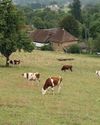
How to Buy a Smallholding in France- Long-time smallholder Lorraine Turnbull looks at the practicalities of moving to rural France
Aspiring smallholders are continually thwarted by the prices of smallholdings and property with land located within the UK. Even the humblest croft in Scotland comes with a substantial price tag and conditions which would make even an adventurous wannabee consider carefully. But all is not lost. For those willing to take the adventure of a lifetime, there is always Europe, and one of the most popular places is France.

Meet the Bournemouth goats and their supporters
These capricious animals are hard workers preserving the natural habitat
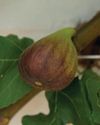
Still warm enough to sit outside with a Pizza
Henrietta Balcon uses fresh figs to create an unusual dish at Harvest time
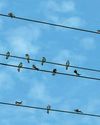
Goodbye to the birds of spring and summer
If you look and listen you might be able to see them preparing to leave says The RSPB
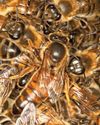
Get ready for the colder weather in the warmth of late summer
Claire Waring advises on doing the best to make sure your colonies survive until next spring
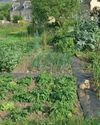
Preparing the Veg Patch for Winter
Lee Senior says, a well-run plot can excitingly continue to produce good quality, tasty, fresh food for much of winter
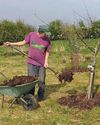
Time to prepare to plant your orchard
Wade Muggleton, smallholder and author of The Orchard Book, shares his practical experience so you can create your own fruit collection
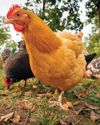
Choosing feed for the autumn
As autumn approaches, Joanna Palmer, nutritionist at the Smallholder Range, offers advice on choosing the right feed to support your adult birds through their annual moult and ensure your young birds grow and finish well at this time of the year.
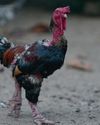
Vet advice from an experienced poultry vet
Reflecting on how much the humble hen has helped people world wide plus advice on stopping the scourge of red mite
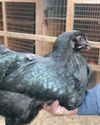
Give your hens some support
Paul Donovan looks at the right and wrong ways of handling birds